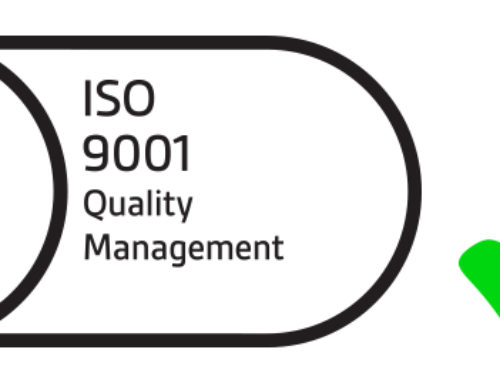
2020 has been a seismic shift in how work gets done – as COVID-19 swept across the world and the need to socially distance became more and more important, businesses had to shift much of their operations into people’s homes, posing a number of challenges to managing their IT services. As we adapted and overcame these challenges together, it has become clear that some of these changes aren’t going to go away once things start to get back to normal.
Working from home offers us greater flexibility, more time with our families and more scope to pursue interests outside of work. After months of remote working full-time, many businesses have made it a permanent part of their culture, with plans to offer unlimited remote working to staff, or switching to a totally remote model.
However the world of work evolves in the coming months, it’s clear remote working will play a significant role – and your IT infrastructure needs to be able to adapt to it. Here are our recommendations for getting a head start on managing your IT services in 2021.
Stay connected with your team
While the flexibility of working from home comes with its benefits, it can lack some of the spontaneous connectivity that working in an office can bring – with this in mind you have to consciously find the time to stay in touch with your team, and the right tools make this much easier.
The optimal place to start with this is Microsoft Office 365. A full business suite, Office 365 provides solutions that can be scaled for any organisation. From collaborative documents in tools like Word, Powerpoint, Excel and Sharepoint to email to a full messaging system in Teams, it’s an effective way to manage your work in a way that leaves you more time to get on with what you do best and not focus on admin
Looking to transition to or implement to Office 365 in 2021? We can help – get in touch to find out more.
If Office 365 isn’t the right solution for you, there are a number of other solutions that have found popularity in the past year. Google Docs is a ubiquitous and easy to use tool that offers effective document storage and collaboration, while Zoom is an effective way to set up video calls, particularly with people who may not have access to Office 365.
Give your team the equipment they need
When working from an office, it’s easy to ensure everyone has the equipment they need but this needs more thought when your staff are decentralised.
The first thing you should make sure of is that staff have their own work laptops. Not only will this save you the headache of ensuring they have the correct software and tools they need to do their job further down the road, but it is also far more secure. By using a shared or personal machine, you run the risk of exposing your systems to a far higher number of threats.
With working from home continuing into 2021, another year of working on sofas, at the ends of beds and at kitchen tables is not conducive to effective work. When working in an office, staff would expect a proper desk and appropriate seating, so setting up a dedicated workspace at home should be a priority.
Everyone’s setup will be different – while some people may have space for a full dedicated office, some may have to make do with a small desk tucked into a corner of a room. In situations like this, devices like laptop risers and external keyboards will make working from home as effective as possible.
Managing a mixed remote/office-based model
Even as regular office work becomes more realistic, the COVID-19 pandemic has fundamentally changed how we approach work. With the greater flexibility that remote working brings, many businesses have made it permanent – Microsoft, Facebook and Twitter have all given staff the option to work from home full time in the past few months. Combine this with the fact that those who have contact with more vulnerable family members, or those that are vulnerable themselves, may be working from home for longer than others, and many businesses will be handling IT needs both in and outside the office.
A key step to doing this properly is to get the systems you need in place first – make sure the machines your staff are taking home are up to the task and updated with the necessary software, and that the shared resources and data are accessible for those who need it and secure from those who don’t.
Another key step is to make sure the people using your systems also understand what they need to do to keep them safe and secure. With devices spread across different households and networks, plus the likelihood of people using public networks when working from cafes or coworking spaces is more feasible, it’s more important than ever that your staff understand how your systems are secured, and what they need to do to keep them that way.
Working with an IT service provider that is there for you
Our final recommendation is working with an IT service provider that can adapt to the unique challenges your business is facing. With national, directly employed field engineers stationed from Glasgow to London and our Birmingham IT Support HQ, we offer our customers minimal downtime through various methods including managed IT support, third-party IT maintenance and managed DRaaS, meaning that however you’re working in 2021, we’re there to help.
To find out more about how we can work together, get in touch with us at the address [email protected], give us a call on 0121 312 0801 or fill out our enquiry form and one of our experts will be in touch with you within 24 hours.




